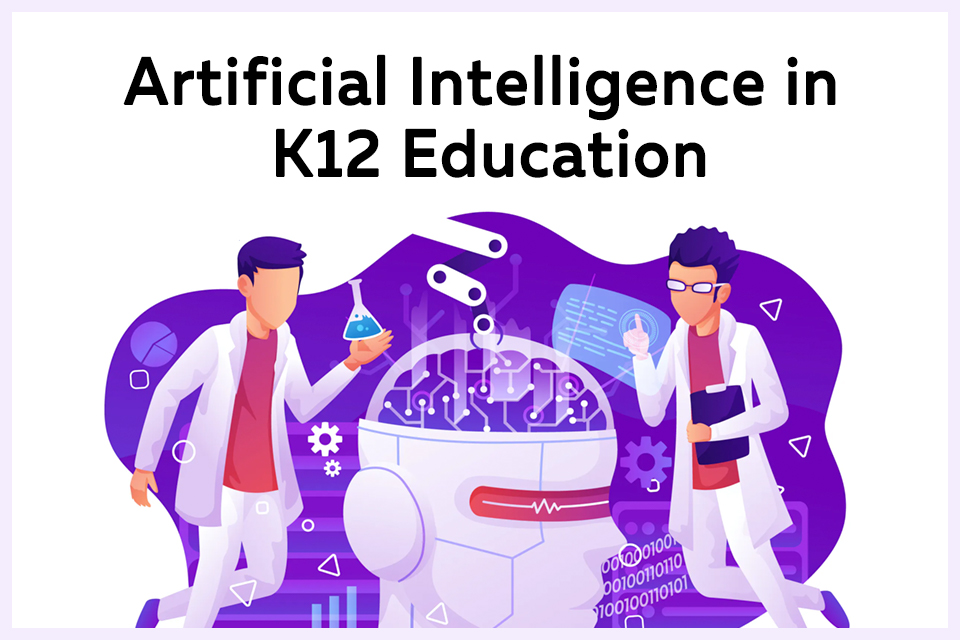The advent of Artificial Intelligence in K12 education has opened up new possibilities and added great value.
“Value” provision is the highest priority in schools. While education needs to develop students for ethical persons – students must develop in the 21st Century.
SMAC 5: Social, mobile, analytical, and cloud technologies “…the use of Digital Technologies” is a new abbreviation for the range of “digital” technologies. But let’s make it SMAAC, where “AI” or artificial intelligence is the second A.
The latest change in digital technological development for pedagogical purposes has led to better connections, easier communication paths, and robust collaboration among the next-generation learning environments—both physical and virtual.
There’s a growing digital change in the education sector that includes:
How can traditional modes of classroom involve and inspire students life outside the classroom has changed so dramatically?
• What happens when students stop going to school?
• What does it mean when students don’t get an education that effectively prepares them for a rapidly changing job market?
Unbiased connectivity and collaboration between teachers and students permit the sharing of ideas. Faculty and mentors from a specific field can teach lectures from around the world and share information about all devices, any time, anywhere. Discuss current developments of their subject areas.
Technology for education can be customised to meet the needs of students:
AI is capable of automating administrative work and facilitating the work of organizations and teachers.
Teachers are now more innovative, can speed up the application of contemporary education methods such as roll-out classrooms, PBLs, and individual learning.
Future schools are now technologically robust to transform the learning environment, combine the physical with the virtual and obtain better results. These institutions recognize the changing functions of the faculty, understand the requirements and education methods of future students, and quickly innovate and transform their business patterns.
The digital transformation of learning environments should be seen as part of a broader institutional plan and vision. In particular, technology must be used to modify education and to go beyond conventional learning environments.
Students are more active, better educated, better prepared for future careers, and are looking for new and innovative solutions for problems.
For the curriculum:
The curriculum is more important. The new technological developments allow digitally tailored education programs to meet articulated objectives and skills needed to meet students’ requirements in different styles, regions, and socio-economic realities.
The framework will help to transform institutions into four main aspects:
Training and learning, management, safety, Knowledge, and research.
An intelligent digital campus can connect people, data, and things. It comprises a wide range of platform applications for schools, colleges, and universities; offers “outdoor” teaching and training; and offers students, for example, good experience.
Student services: Smart Transport, Entry and recruitment Security systems on campuses, Smart Lighting Campus
Access to student education 24 hours a day:
Online AI helpers always provide students with access to k12-education. Without being linked to a certain place, you are free to plan your day. You can study everywhere and whenever you like. They can build their calendar on their most productive hours.
There are many more AI apps to education, including AI mentors for learners and the development of smart content for educators via virtual global conferences, and a new way of personal development for educators. Education could be a bit slower for artificial intelligence and engineering, but changes start and go on.
Speak with our expert team to provide you with the right AI technology to accelerate growth, optimize the team and improve your performance. To meet your business needs.


Trackbacks/Pingbacks